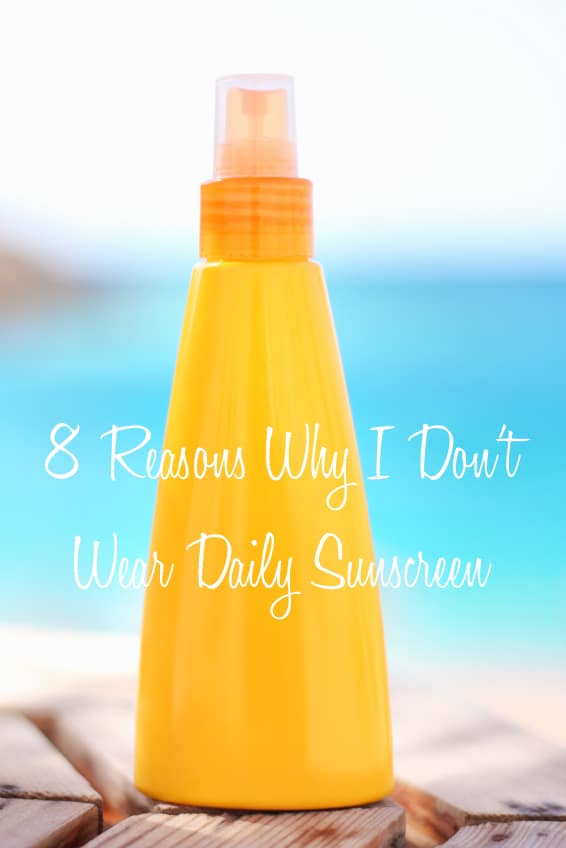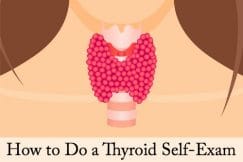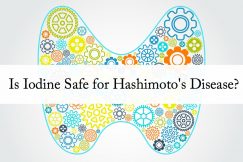Almost every health or women’s magazine recommends we wear daily sunscreen in an effort to protect us from cancer and skin damage. For years I followed their advice, but then I learned about the toxic chemicals in most sunscreens and our need for unprotected sunlight each day.
As I’ve often found – when I look at both sides of the coin, I learn new information. The information I learned on this topic completely changed how I think about sunscreen and the sun.
- The skin is the body’s largest organ. More importantly, “Substances placed on the skin can penetrate into the underlying tissue and eventually reach the blood stream.”
- Most sunscreens contain toxic synthetic chemicals that are linked to various health issues.
- 500 of the most popular sunscreens may actually increase the speed at which malignant cells develop and spread skin cancer. via the Environmental Working Group
- There’s no proof that sunscreens prevent most skin cancer.
- The FDA has only approved one sun-filtering chemical – avobenzone. What about the rest of the ingredients?
- German researchers found that sunscreens might negatively affect the thyroid.
- Our bodies need safe sun exposure, which allows us to naturally produce our own supply of vitamin D.
- Normal and safe sun exposure is beneficial, not harmful.
So what’s a girl to do? How can we protect ourselves from sun damage?
- Eat Well – A nutrient-dense diet, void of trans-fats and polyunsaturated fats and higher in omega-3 fatty acids can help the skin protect itself.
- Dress Well – A hat and longer sleeves protect the body without any chemicals.
- Did I mention Eat Well? – “The skin requires the nourishment of vitamins and minerals from food—first and foremost for skin health are the fat-soluble vitamins A and D. Rough, dry and prematurely aged skin is a telltale sign of vitamin A deficiency, which often first manifests as rough, raised skin on the back of the arms.Vitamin A is critical to the repair process, including repair from sun burn and damage from toxins. Vitamin A increases the thickness of the epidermis, especially the granular layer (the portion of the epidermis that produces horn cells).” Sally Fallon
- Use a natural, non-toxic sunscreen when needed.
Here are my personal rules for wearing sunscreen and being in the sun:
- If the kids or I will be out in the sun for longer than one hour, we will apply a safe sunscreen after one hour of “unprotected” exposure. We’ve found that with a nutrient-dense diet, our skin doesn’t begin to turn even the slightest bit pink until we’ve been in the sun more than one hour.
- If we’re not at the beach or the pool and can wear a long-sleeve shirt or get in the shade, we’ll do so after getting an adequate and safe amount of sun exposure for the day.
- Here’s a list of my favorite natural sunscreens. Alternatively, if I’m going to be outside for a longer period on a cloudy day, I’ll apply a bit of coconut oil – which has a natural spf of 4.
- We eat a nutrient-dense diet featuring generous amounts of Vitamin A from animal sources to protect our skin.
-
For more information on safer sunscreens, check out the Environmental Working Group Sunscreen Guide.
Disclaimer: This article is not intended to provide medical advice, diagnosis or treatment.







43 Comments